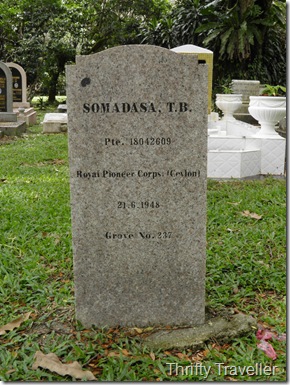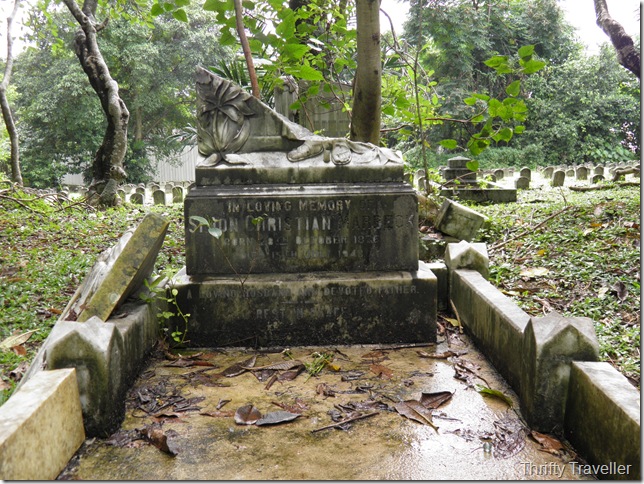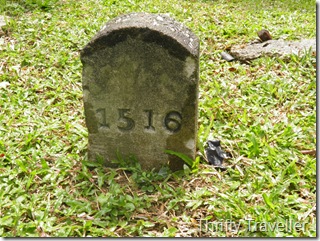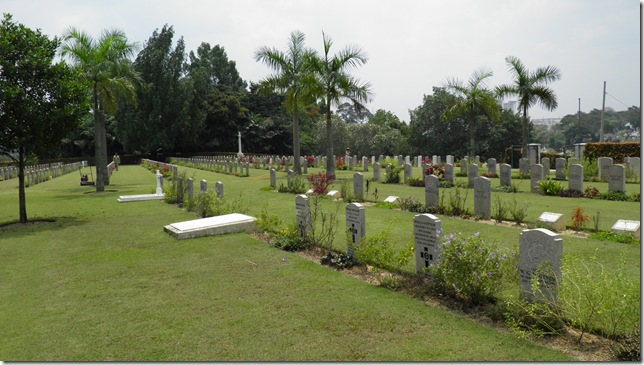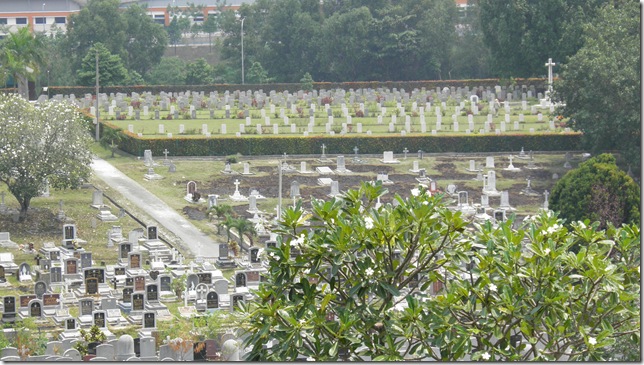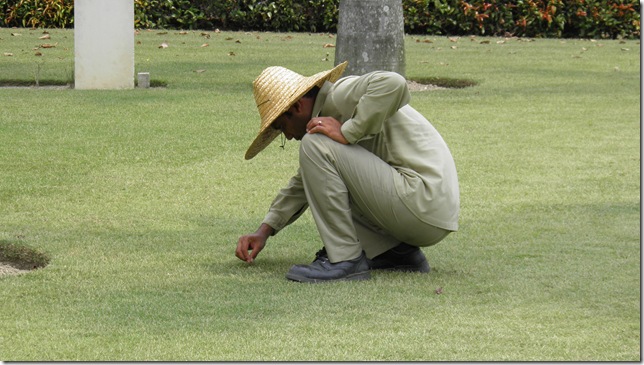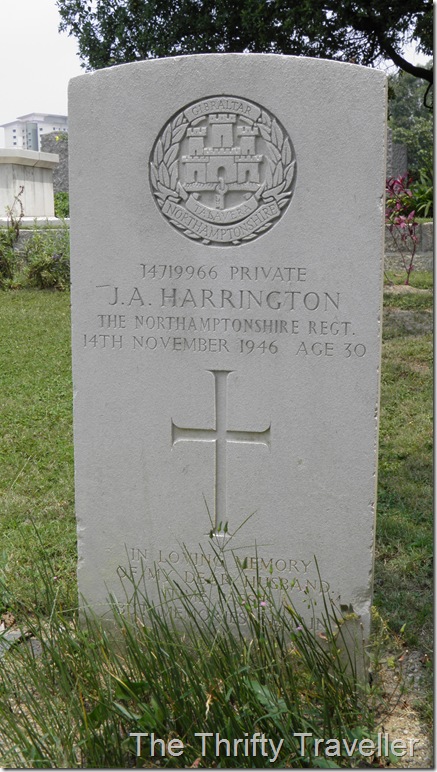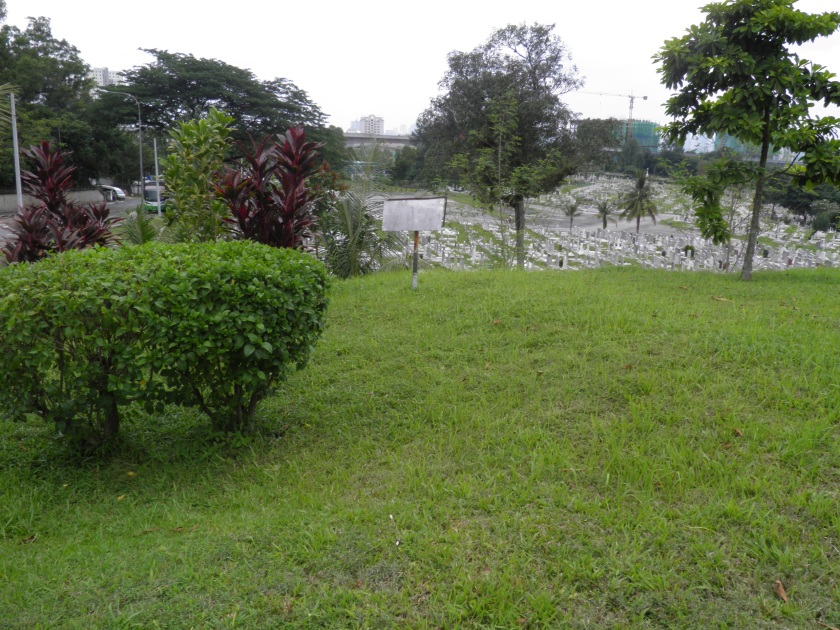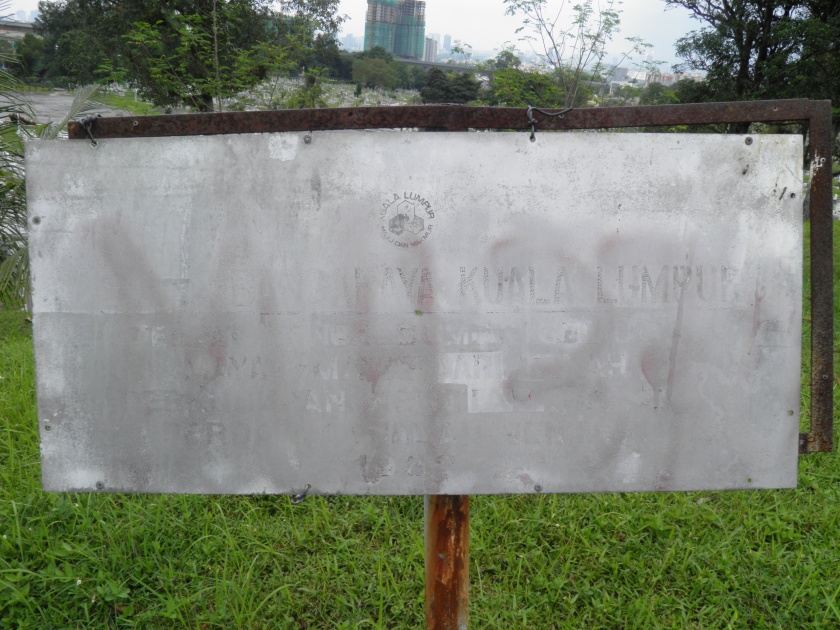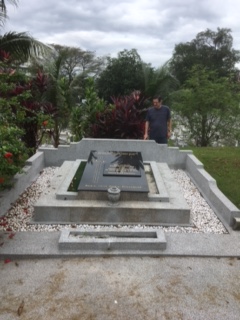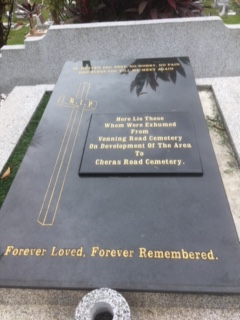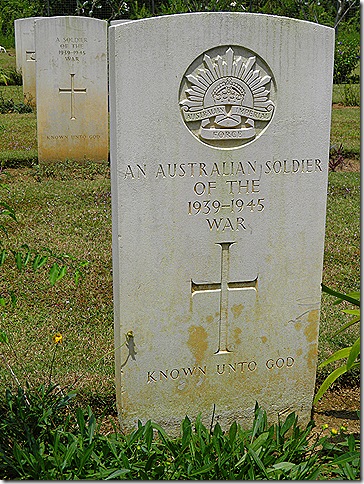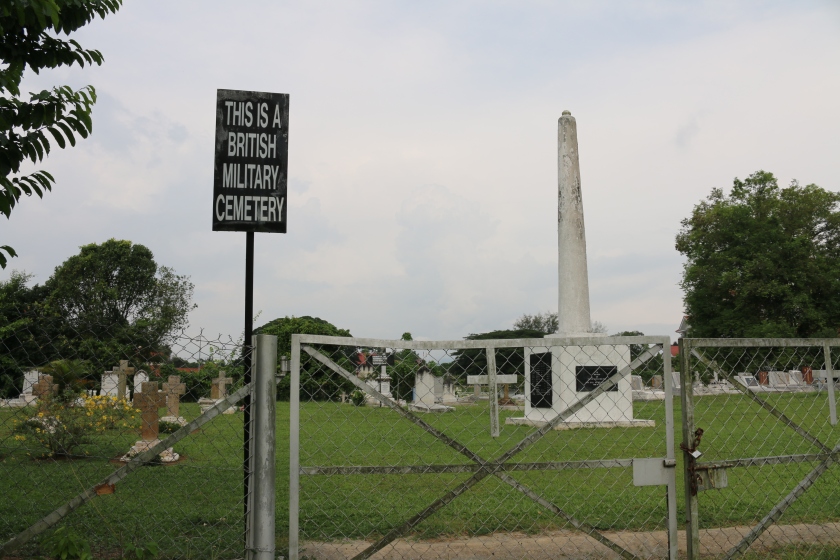
In the royal town of Kuala Kangsar, on a rise overlooking the mighty Perak River, lies a small Christian cemetery. It contains 16 British military graves dating from the Perak War of 1875-77 together with some civilian graves, including more recent ones from the town’s tiny Anglican population (mostly Tamils). As a war cemetery, it comes under the care of the Commonwealth War Graves Commission (CWGC) and on their website it is shown as Bukit Chandran Cemetery (should be spelt Chandan).

The Perak War was one of those small wars that Britain was rather good at. It followed the murder of James Wheeler Woodford Birch who had recently taken up the position of Resident as advisor to the Sultan of Perak. Britain had discovered during its time running India that the practice of appointing Residents to assume all the real power, while leaving nominal control in the hands of the local chief, was a very effective way of acquiring an empire ‘on the cheap’. But poor Birch rubbed the locals up the wrong way and paid for it with his life. You can read more about his assassination on my Malaysia Traveller website.

Britain could not allow its officials to be murdered so a military expedition force was rapidly put together to punish the perpetrators and stamp out any smouldering rebellion in its newest protectorate. The force comprised sepoys from India, Gurkhas, some Sikh police and a Naval Brigade. The Malays put up a fight but eventually were overwhelmed and the assassins, including Maharaja Lela, were captured and hanged. The Sultan was exiled to Seychelles and replaced by a more amenable relative.
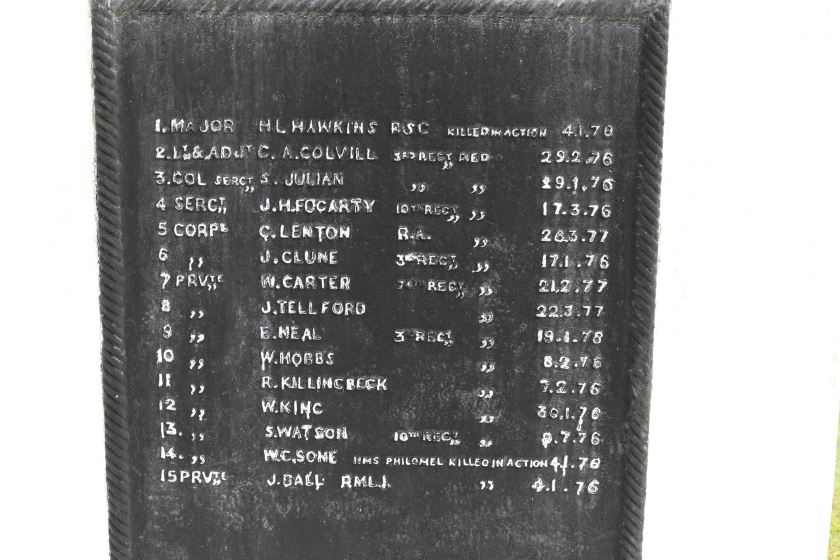
Casualties on both sides were light and, from the British point of view, were a small price to pay for securing Malaya as one of Britain’s most remunerative colonies. Of course, for these poor 16 individuals who perished it was not a small price at all, to say nothing of the many sepoys killed in action who have no known grave (unlike in later wars where Indian soldiers received the same burial honours as other British war dead).
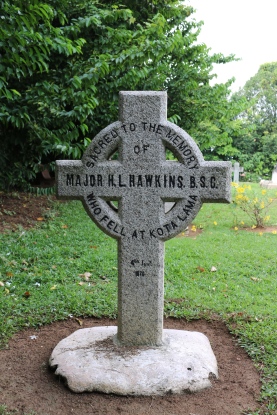



William J. Soul, Leading Seaman and Seaman Gunner, spear wound on the right side of the spine, transfixing the chest, the aperture of exit being about 5 inches below the right nipple.Killed.

It is a credit to the CWGC that this far-off and largely forgotten cemetery continues to be beautifully maintained 140 years after their burial, even though most of the descendants of the deceased are probably not even aware of their existence.




